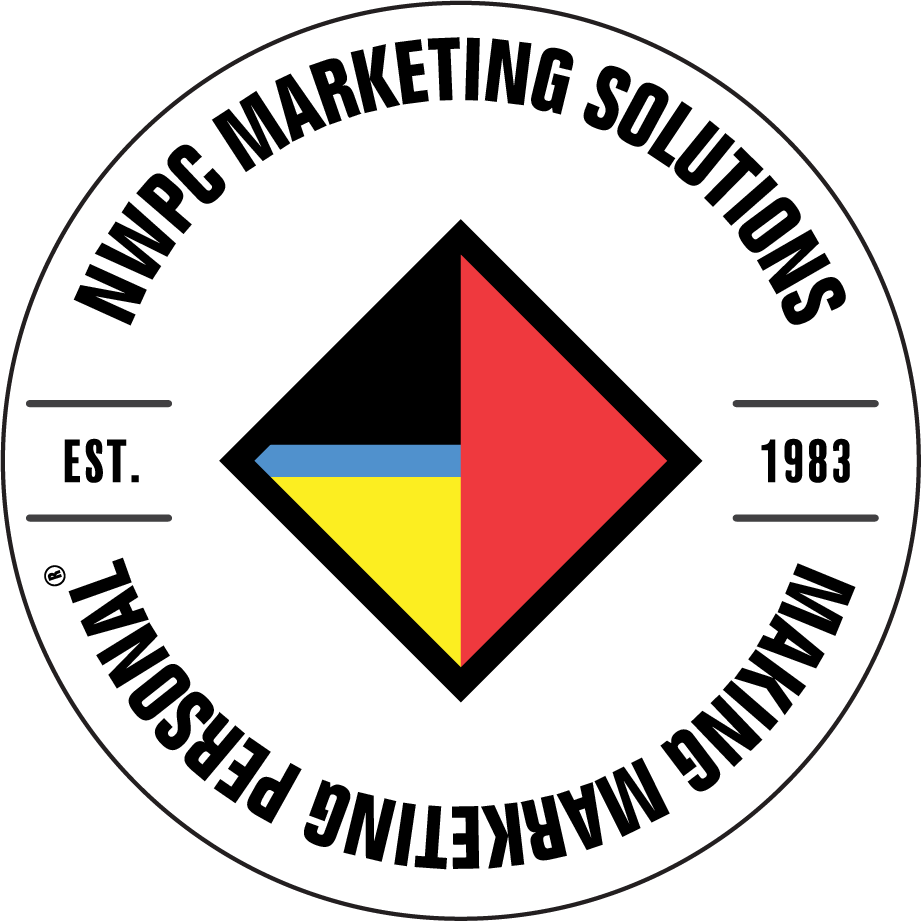How and Why You Should Be Using Brand Archetypes
- NWPC Marketing Solutions

- Jun 28, 2021
- 3 min read
In order to market your business in the best way possible, it’s important to understand the ins and outs of your brand. That’s where brand archetypes come in. Simply put, a brand archetype is an example or a persona that your company resembles. Psychologist Carl Jung developed 12 brand archetypes which can help you understand your brand and tell your story in a more human way.
You don’t have to fit into just one archetype, and your brand can and should evolve over time. However, brand archetypes can be a great starting point to help you understand how to present yourself to the world, your strengths and areas of opportunity. Check out the twelve brand archetypes below, along with why you should consider using archetypes in your branding and marketing strategy.
Why Brand Archetypes?
Brand archetypes help give your marketing and branding a personality, along with helping your company build deeper connections with your audience and set itself apart from competitors. By taking the time to understand your business’s archetype, you’re one step closer to understanding how you can use your strengths in your voice, branding and more.
The 12 Archetypes
While the 12 archetypes are grouped together below, each one has its own nuances. When reading below, consider which group you think your business may identify with the most. Then, how it can help you bring your strengths into your marketing.
The Innocent: Creates happiness, spreads optimism and simplifies/purifies life. Example brands include: Coca-Cola, Snuggle, Dove
The Everyman: Seeks to relate, belong, be accepted and accept others; is recognized as a realist and a friend. Example brands include: IKEA, Levi’s, Charles Schwab
The Hero: Improving the world through expert mastery and courageous acts, the Hero is a warrior, a champion, a victor. Example brands include: Nike, FedEx, U.S. Marine Corps
The Maverick: Overturns what isn’t working, wants freedom from establishment. The Maverick is revolutionary and an outlaw. Example brands include: Harley-Davidson, Urban Outfitters, MTV
The Explorer: Explorers want to experience a better, more authentic, more fulfilling life of freedom. Example brands include: North Face, Jeep, Starbucks
The Creator: Goal is to realize a vision, hone artistic skill, express themselves and promote individuality. Example brands include: Canon, LEGO, YouTube
The Ruler: Create a prosperous, successful community by creating authority and promoting an exclusive lifestyle. Example brands include: Louis Vuitton, Rolex, Rolls Royce
The Magician: Wishing to make dreams come true, the Magician helps others transform their lives using new methods. Example brands include: TED, Disney, Lululemon
The Lover: Wants a relationship with the people and helps people connect to their desires and heart. Example brands include: Victoria’s Secret, NARS, Haagen Dazs
The Caregiver: Helps and takes care of others; servant, martyr, mother. Example brands include: Johnson & Johnson, Campbell’s Soup, TOMS
The Jester: Has a great time and lightens up the world. Gets others to enjoy life to the fullest. Example brands include: Dorito’s, Dollar Shave Club, M&Ms
The Sage: Committed to understanding the world and teaching others, the Sage seeks information and knowledge through self-reflection, research and objectivity.. Example brands include: Google, Wall Street Journal, Morgan Stanley
In order to engage with your audience, first, you should truly understand who you are and how you can best play to your strengths. Think of language you currently use to market your business and ask yourself if your marketing tactics have been successful to date. Using an archetype as a guide will give your brand consistency of message and promote a sense of deep loyalty within your customers.



